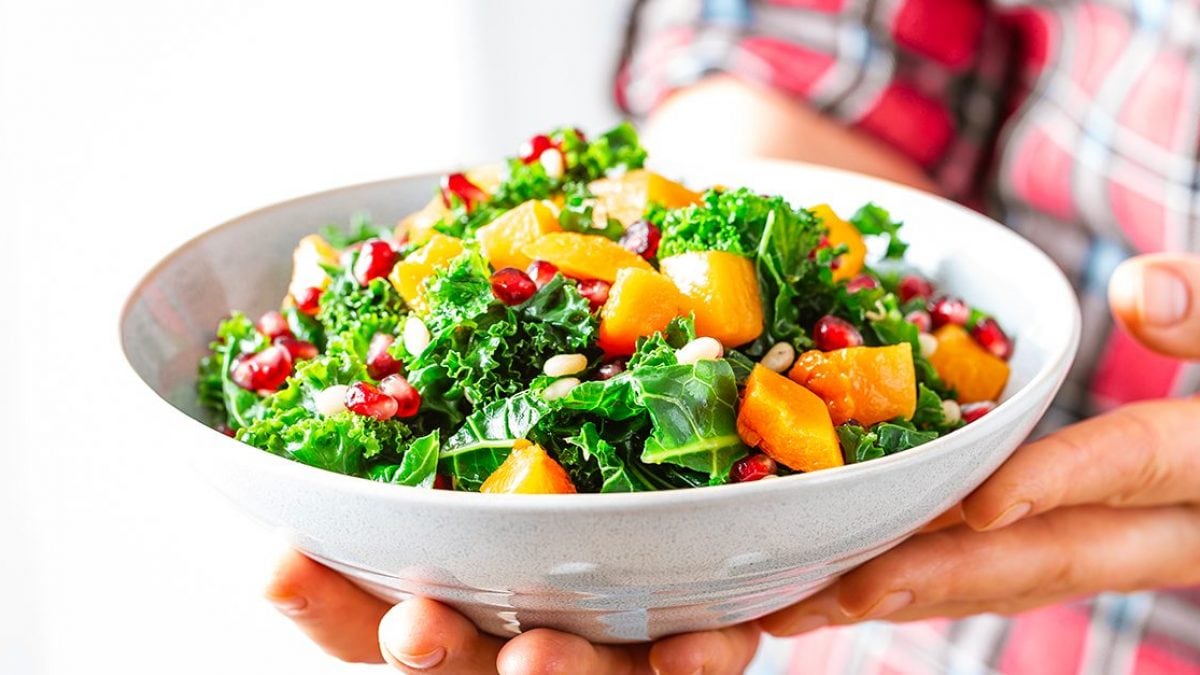
If you have ever eaten a vegetable that tastes sweeter than it normally does, chances are it was grown at a different time of the year. Many people don’t know that certain vegetables, including many root crops, taste better when grown in the winter.
Keep reading to find out more about the roots that get sweet when the frost shows.
Why Root Vegetables Get Sweeter With Cold

It is due to a phenomenon known as winter sweetening. You often observe this phenomenon in vegetables that grow naturally in cold weather. It is true that the first frost of fall will kill many plants, but there are many varieties, particularly root crops, that will survive the colder temperatures.
This is partially due to their ability to convert starch into sugar. During the growing season, these vegetables conserve energy in the form of starches. When temperatures start to fall, they convert these starches into sugars, which act as an anti-freezing agent for their cells.
Of course, the change doesn’t happen overnight, but if you pick your root vegetables sometime after the first frost of autumn, there’s a high chance that they’ll taste a lot sweeter than if you’d picked them in the summer.
Some Roots That Get Sweet with Frost

Good examples of roots that are sweetened in winter include carrots, turnips, rutabagas, and beets. Some other vegetables that get sweet in winter are cole crops such as Brussels sprouts, broccoli, and kale, as well as most leafy greens.
One of the plants that winter sweetening is not beneficial to is potatoes. Potatoes too undergo the same cold sweetening process as all these other plants, but the result isn’t as great.
Potatoes are prized for the starchiness they store during the summer. However, sugar conversion takes away those starches and causes the flesh of the potato to turn dark brown when cooked.
But potatoes are the exception. Most other cold hardy root crops will give you the sweetest results when you plant them in late summer so they’ll be ready to harvest in the winter.
;Resize,width=767;)
